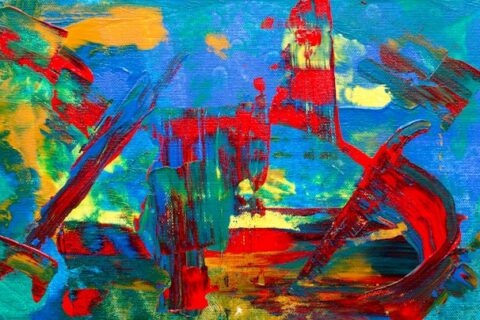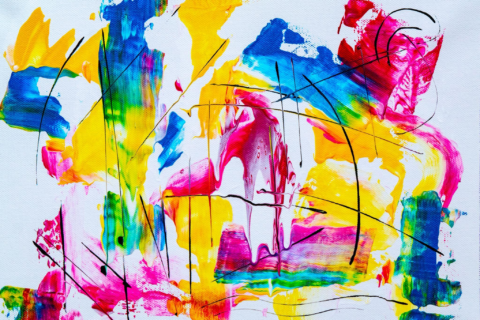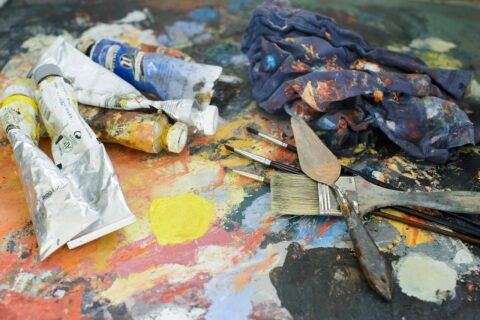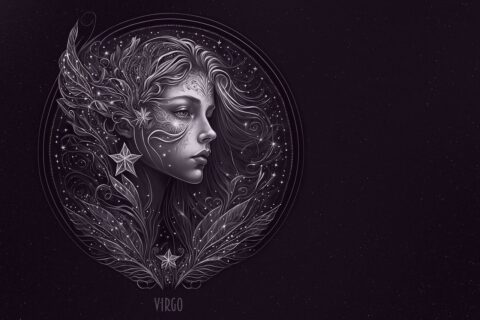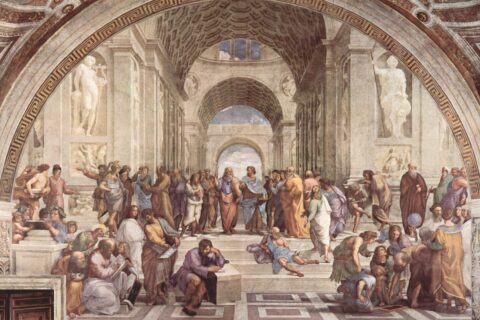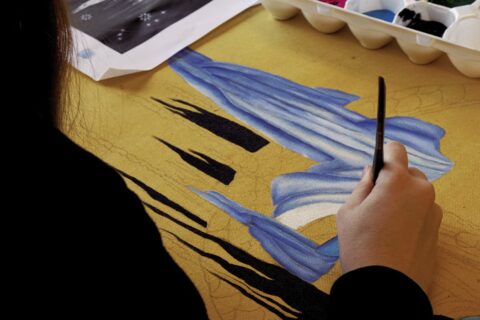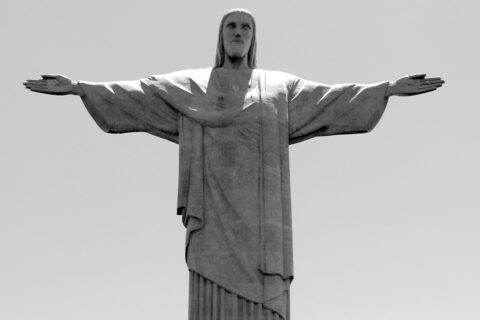
Painting Masterpieces
- Leake Camille
- July 14, 2021
- Famous sculptures and paintings
- No Comments
In this article we have made a selection of the most famous paintings in the world – the masterpieces of world painting, which are familiar to every inhabitant of planet Earth. Our civilization has produced hundreds of the greatest artists who have painted thousands of beautiful paintings, but among the best of the best there are those that are known to everyone – even to people infinitely distant from art.
As it happens, these paintings have transcended the boundaries of painting itself, becoming an integral part of the cultural heritage of humanity in general. They exist as an objective reality – like the Sun or the Moon, and it is impossible to imagine our life without them.
So, the most famous paintings in the world!
- Birth of Venus – Sandro Botticelli
Birth of Venus by Botticelli – the most famous paintings in the world
Sandro Botticelli’s The Birth of Venus (presumably 1485), which is in the Uffizi Gallery in Florence, is not only one of the most famous, but also one of the most sensual works of world pictorial art. The painting was painted for Lorenzo di Pierfrancesco de’ Medici, who owned the Villa Castello in 1486. Lorenzo di Pierfrancesco de’ Medici was a cousin of Lorenzo the Magnificent, Duke of Florence.
Among Botticelli’s exceptional innovations, perhaps the most important was the use of canvas, rather than board, for a work of such large size (172.5 x 278.5 cm).
The artist added a minimal amount of fat to the pigments, so that the canvas remained strong and supple for a long time and the paint did not crack. In addition, research found that Botticelli applied a protective layer of egg yolk to the painting, so that The Birth of Venus was well preserved.
- Mona Lisa – Leonardo da Vinci
Yes, we can’t do without Leonardo and at least a couple or three of his works – who would doubt it! And the most famous of all his works is, of course, the Mona Lisa, or Gioconda! Da Vinci is said to have begun painting the picture in 1503 or 1504 in Florence, Italy, and it took him as long as 4 years to complete it, despite the small size of the piece. However, no clear information about exactly when the painting was completed has been preserved.
Although the Louvre – the world’s largest art museum and historical monument that displays the original Mona Lisa – says that the Mona Lisa was painted between 1503 and 1506, some historians and Leonardo experts say that the painting could not have been painted before 1513. This question, however, remains open.
It is believed that the woman depicted in the painting is an Italian noblewoman named Lisa del Giocondo, the wife of a wealthy Florentine silk merchant named Francesco del Giocondo. The painting was commissioned for their new home and in honor of the birth of their second son Andrea.
- The Last Supper – Leonardo da Vinci
“The Last Supper” by Leonardo da Vinci is one of the most respected, most studied, and most reproduced paintings our world has ever seen. Books, movies, paintings, music, and conspiracy theories have been dedicated to it. Over the course of its existence, The Last Supper has become surrounded by as many speculations and legends as its creator, the ingenious “orchestral man Leonardo da Vinci”.
One way or another, it would seem that everything should be known about Leonardo da Vinci’s Last Supper. However, we think, still there are interesting facts about this masterpiece, which you don’t know. About them, we’ll talk. So, interesting facts about the painting “The Last Supper” by Leonardo da Vinci!
- Sistine Madonna – Rafael Santi
“The Sistine Madonna” (Italian: Madonna Sistina) is a painting by Raphael that has been in the Old Masters Gallery in Dresden since 1754. It belongs to the universally recognized pinnacles of the High Renaissance and is rightly considered one of the most famous paintings in the world. Huge in size (265 × 196 cm, so designated in the catalog of the Dresden gallery), the canvas was created by Raphael for the altar of the church of the monastery of St. Sixtus II in Piacenza, commissioned by Pope Julius II.
What is very unusual for the beginning of the XVI century, the material was not a board, and the canvas. This may indicate that the canvas was planned to be used as a banner (if only the choice of material is not explained by the large size of the work).
In the 18th century a legend spread (not confirmed by historical documents) that Julius II commissioned a canvas from Raphael for his tomb, and that the model for the Madonna was Raphael’s beloved Fornarina, for St. Sixtus by Pope Julius himself (nephew of Sixtus IV), and for St. Barbara by his niece Giulia Orsini. Proponents of the theory that the canvas was created for the papal tomb emphasize that the acorns on the riza of Sixtus II clearly refer to these two popes of the della Rovere family (rovere means “oak”).
